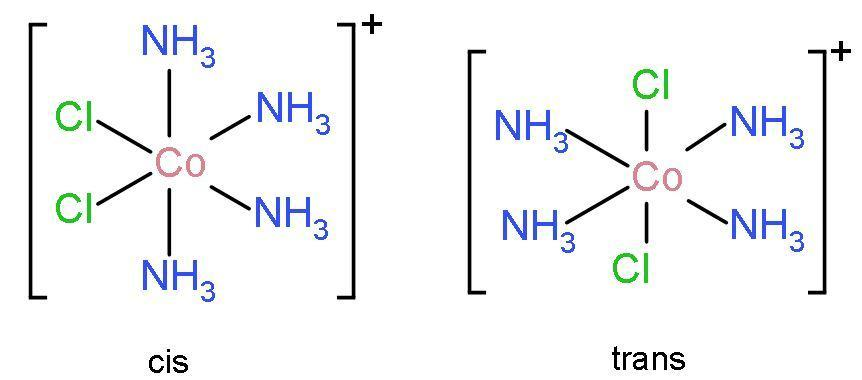
What is the nomenclature of
Answer
494.4k+ views
Hint: First understand the compound structure and functional groups attached to it; by it we can determine the IUPAC name. To name any compound, there are certain sets of rules to be followed to write IUPAC names.
Complete step by step answer:
- First find the oxidation state of central metal atom which is
Let the oxidation state of
Hence, the oxidation will be
The oxidation state of
The oxidation state while writing IUPAC name is written in roman numerals inside brackets.
- Now, write the names of the ligands attached.
If a central metal atom is present inside the parenthesis, then the name of the central metal atom is written like its original name; the name of cobalt will be cobalt only.
The number of chlorine atoms are 2, so the name will be ‘dichloro’. The number of ammonia molecules are 4, so the name of the ligand will be ‘tetraammine’.
The IUPAC name is written in alphabetical order.
The IUPAC name of
Additional Information: There are two types of isomers of

In trans-tetraamminedichloro cobalt
In cis- tetraamminedichloro cobalt
Note: The name of the compound is written with substituents in alphabetical order followed by its base name. Between numbers, commas are used and dashes are used between letters and numbers.
Complete step by step answer:
- First find the oxidation state of central metal atom which is
Let the oxidation state of
Hence, the oxidation will be
The oxidation state of
The oxidation state while writing IUPAC name is written in roman numerals inside brackets.
- Now, write the names of the ligands attached.
If a central metal atom is present inside the parenthesis, then the name of the central metal atom is written like its original name; the name of cobalt will be cobalt only.
The number of chlorine atoms are 2, so the name will be ‘dichloro’. The number of ammonia molecules are 4, so the name of the ligand will be ‘tetraammine’.
The IUPAC name is written in alphabetical order.
The IUPAC name of
Additional Information: There are two types of isomers of

In trans-tetraamminedichloro cobalt
In cis- tetraamminedichloro cobalt
Note: The name of the compound is written with substituents in alphabetical order followed by its base name. Between numbers, commas are used and dashes are used between letters and numbers.
Recently Updated Pages
Master Class 9 General Knowledge: Engaging Questions & Answers for Success

Master Class 9 English: Engaging Questions & Answers for Success

Master Class 9 Science: Engaging Questions & Answers for Success

Master Class 9 Social Science: Engaging Questions & Answers for Success

Master Class 9 Maths: Engaging Questions & Answers for Success

Class 9 Question and Answer - Your Ultimate Solutions Guide

Trending doubts
Give 10 examples of unisexual and bisexual flowers

Draw a labelled sketch of the human eye class 12 physics CBSE

Differentiate between homogeneous and heterogeneous class 12 chemistry CBSE

Differentiate between insitu conservation and exsitu class 12 biology CBSE

What are the major means of transport Explain each class 12 social science CBSE

Why is the cell called the structural and functional class 12 biology CBSE




